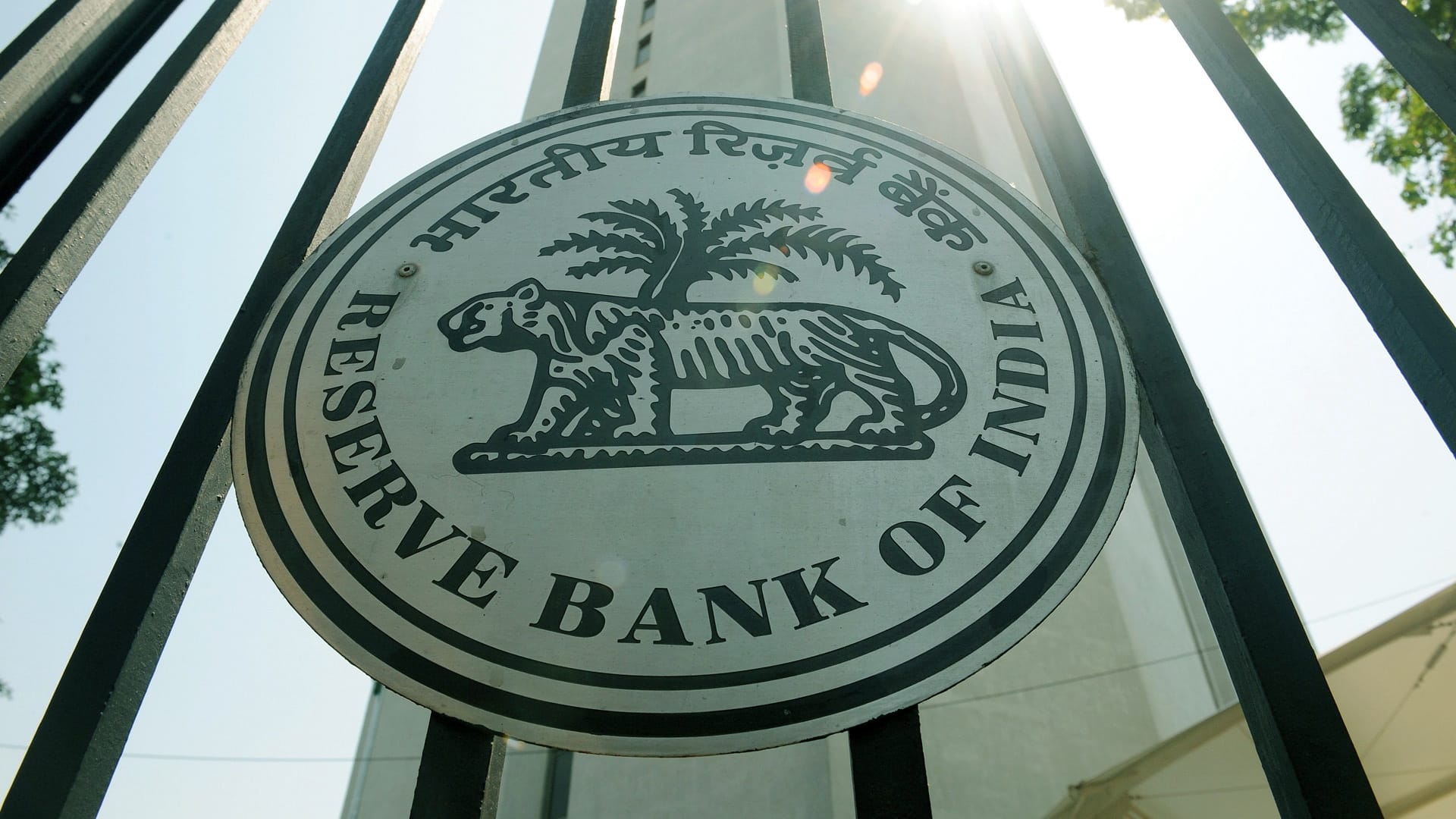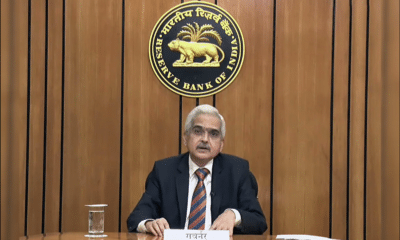COVID19
COVID second wave triggers raft of growth forecast revisions: RBI annual report
Reserve Bank of India on Thursday said that the second wave of COVID-19 pandemic has triggered revision of growth projections for the current financial year with consensus gravitating towards its earlier forecast of 10.5 per cent. The central bank, in its annual report for 2020-2021, further said that previous year has left a scar on the economy and “in the midst of the second wave, as 2021-22 commences, pervasive despair is being lifted by cautious optimism built up by vaccination drives.” “The onset of the second wave has triggered a raft of revisions to growth projections, with the consensus gravitating towards the Reserve Bank’s projection of 10.5 per cent for the year 2021-22 — 26.2 per cent in Q1, 8.3 per cent in Q2, 5.4 per cent in Q3 and 6.2 per cent in Q4,” it said.
The pandemic, it added, “is the biggest risk to this outlook. Yet, upsides also stem from the capex push by the government, rising capacity utilisation and the turnaround in capital goods imports.” RBI further said that a collective global effort to fight the pandemic will surely bring better results than individual countries fighting on their own. It also said the conduct of monetary policy in 2021-22 would be guided by evolving macroeconomic conditions, with a bias to remain supportive of growth till it gains traction on a durable basis while ensuring inflation remains within the target. According to it the pace of contagion in the second wave of COVID-19 pandemic has been alarming, stretching the health infrastructure in terms of the capacity to handle a surge of this size and speed.
Also read: Agritech Startup FarMart Secures INR 17.7 Crore in Pre-Series A Led by Omidyar Network India and Avaana Capital
The report said the deterioration in major fiscal indicators in 2020-21 may be attributed to the pandemic superimposed on a cyclical slowdown in tax revenues and a counter-pandemic fiscal push through higher government expenditure. “Going forward, as growth revives and economy gets back on track, it is important for the government to adhere to a clear exit strategy and build fiscal buffers, which can be tapped into in events of future shocks to growth,” the RBI said. For April and early May 2021, available high frequency indicators present a mixed picture, it said. While mobility and sentiment indicators have moderated, several activity indicators have held their own and shown resilience in the face of the second wave. Goods and services tax (GST) collections crossed the Rs 1 lakh crore mark for the seventh consecutive month in April and notched up the highest level on record, suggesting that manufacturing and services production has been maintained, it said.








































